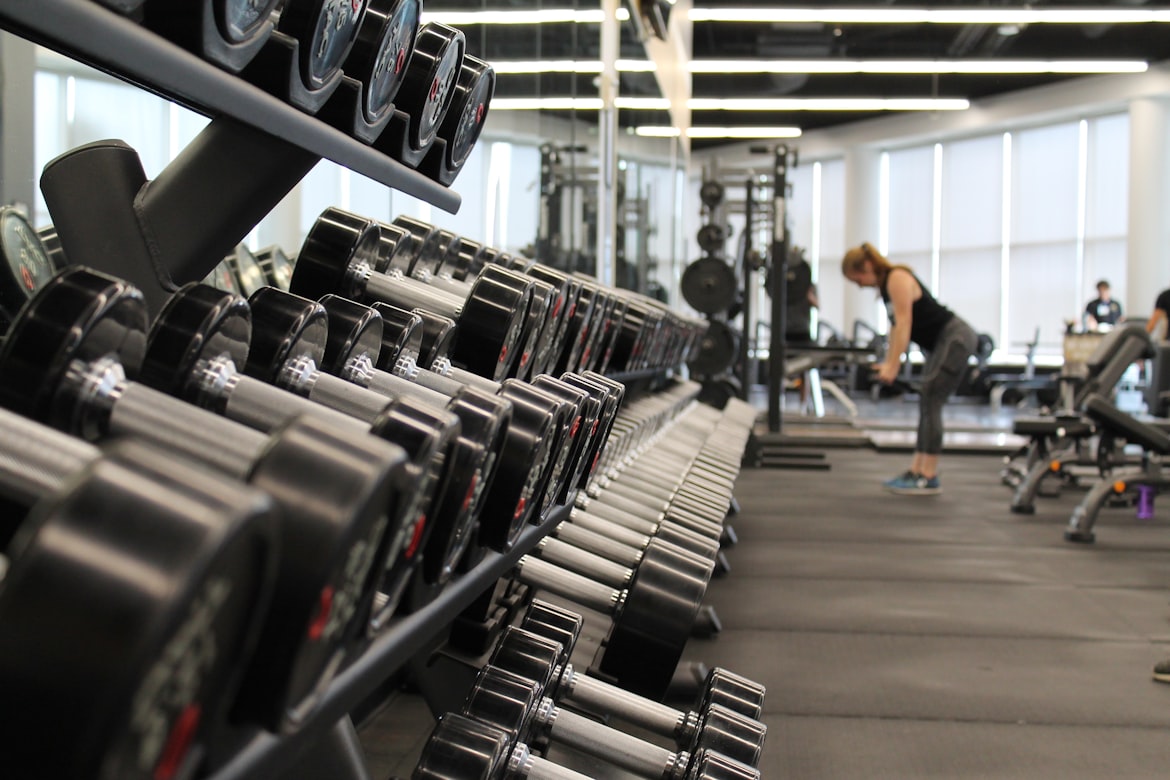What is interval training?

Interval training is a type of training that involves switching between bursts of high-energy exercise followed by low-intensity exercise or rest. The intervals can last anywhere from 10 seconds to a minute and may comprise a variety of movements.
People of all fitness levels and with any kind of fitness goals or training preferences can incorporate interval training into their routine. It’s a highly effective form of exercise that can elicit a range of positive benefits, whether you are a beginner or a high-performance athlete.
How does interval training work?
You can practice interval training to improve your cardiovascular endurance, muscular fitness, or both, depending on which exercises you’re doing and your interval timings. Generally, shorter intervals (up to 10 seconds) will be suitable for anaerobic training. Intervals that last longer than 30 seconds will activate the aerobic energy system in your body.
The idea behind interval training is that it works both your aerobic and anaerobic systems in the same workout. It does so via the following mechanism:
- During the short bursts of high-intensity exercise, your body metabolizes the glucose in your muscle tissue, a process known as glycolysis that doesn’t require oxygen
- Lactic acid builds up as a by-product, leading to oxygen debt
- During the recovery periods, the body can breakdown the built-up lactic acid and work to restore normal oxygen levels as you’re breathing fresh air into your lungs
- The aerobic energy system works to break down stored glycogen into energy
What are the benefits of interval training?
Interval training stimulates a range of beneficial physical and physiological changes in your body. These benefits include short-term and long-term adaptation including:
- Improved cardiovascular endurance
- Increased muscular strength
- Improved lung call capacity
- Increased VO2 max
- Increased tolerance to lactic acid build-up
- Improved exercise performance
- Better agility, coordination, and speed
- Easier fat loss or weight management
- Increased workout enjoyment and motivation